Review: COMPLEXIONS CONTEMPORARY BALLET: SNATCHED BACK FROM THE EDGES at The Joyce Theater
Complexions triumphant 27th season celebrates powerful new work, an encore performance of LOVE ROCKS and the company's "greatest hits" through November 28th.
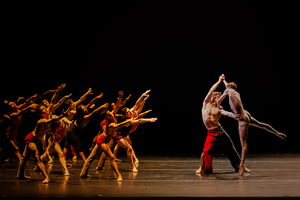
New York is experiencing a homecoming as the theaters of all sizes fill up with patrons eager to return to the incomparable shared experience of live performances. Broadway (and Off-Broadway and Off-Off-Broadway) is back, touring is resuming, and companies are planning and performing new and repertory offerings.
In the dance world, the homecoming I was most looking forward to is the return of Complexions Contemporary Ballet to The Joyce Theater for their 27th season playing November 16-28. The run features the world premiere of new work, SNATCHED BACK from the EDGES, a series of dances conceived and developed at the height of 2020's tensions.
Originally conceived as an episodic dance film, this is the first time the pieces will be performed for a live audience during the first week of shows (Program A). Program B, called Truly, Madly, Deeply, showcases a suite of Complexions' "greatest hits," including selections from SNATCHED BACK and Elegy, a dance dedication inspired by co-founders/co-choreographers Dwight Rhoden and Desmond Richardson's belated mothers. Both programs' second act celebrates joy and love with high-velocity sex appeal from last season's LOVE ROCKS, propelled by the songs of GRAMMY Award-winning singer, producer and songwriter, Lenny Kravitz. (Read my 2020 review of LOVE ROCKS here)
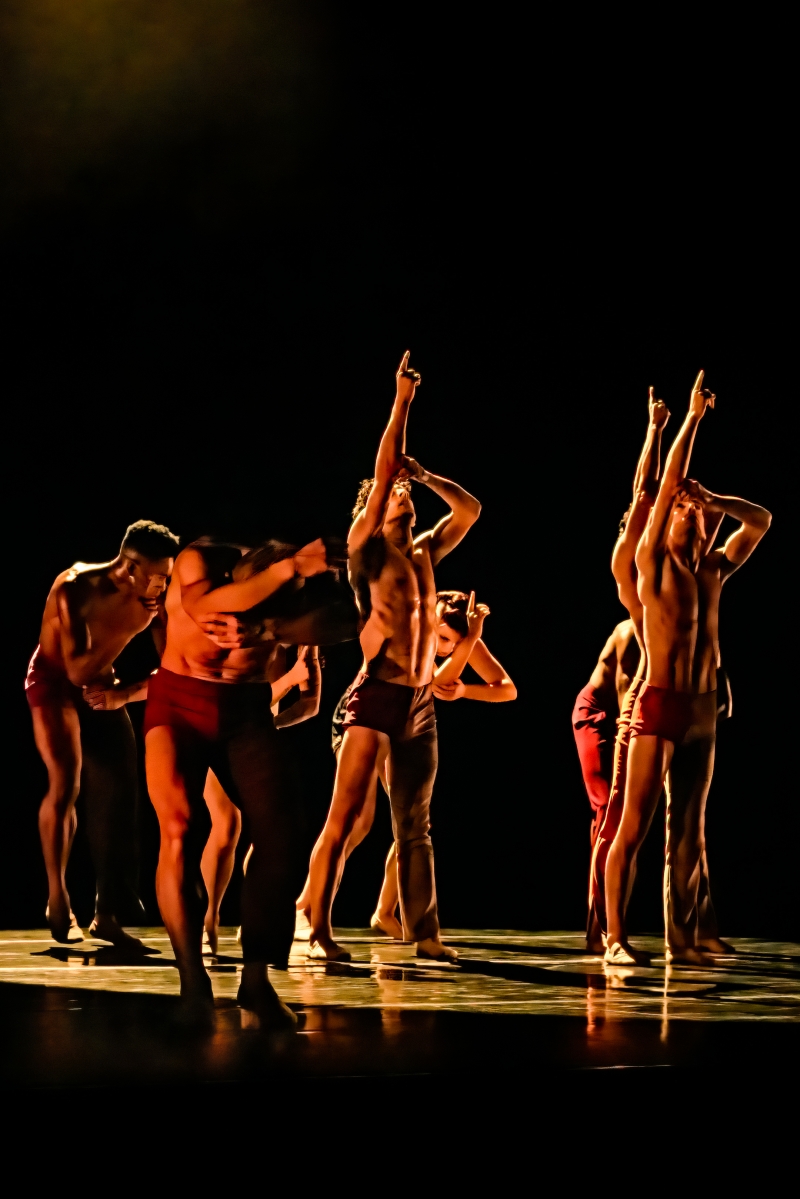
The choreography of SNATCHED BACK from the EDGES is the physical manifestation of the intense emotions weighing on Rhoden's mind and heart during the pandemic; the worry, loss, loneliness, and desire to connect. The musical choices are soul-stirring and haunting, opening with "Fear" by Terrel Lewis that transports the viewers to the paralysis of uncertainties beginning March 2020.
As SNATCHED BACK progresses, the pieces play out the moments of 2020 that danced on the world's stage while theaters (our communal centers) were shuttered. Issues of gun violence, racial inequality, and social struggles enter the choreography and mood through the movements and music, but they are subtle and not on the nose. We know it's inspired by the events of 2020 because we all went through them, and the feelings are still raw. But those concerns weren't new and have not magically disappeared either, so SNATCHED BACK serves as both a time capsule for a particular period and a timeless piece of work.
I was fortunate to sit in for the technical rehearsal the day of the show's opening. Watching the process is a particular treat! During four hours of getting the cues down and fixing minor flaws, the dancers don't go all out as they do in performance, but are still mesmerizing to watch. Equally exciting is seeing choreographer Desmond Richardson and company rehearsal director and repetiteur Clifford Willimas step on stage to make a few adjustments. One small gesture from Richardson is dynamic, expressive magic. The mark of a master.
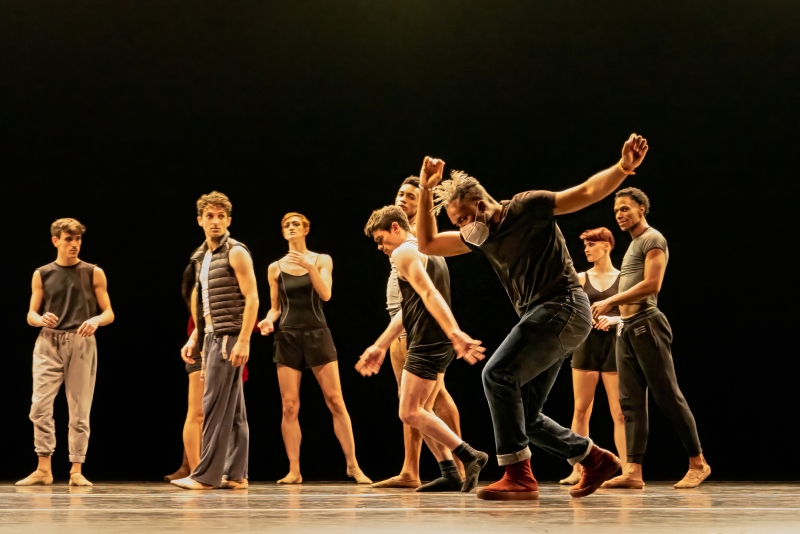
I got to speak briefly with SNATCHED BACK's choreographer Dwight Rhoden at the pre-opening rehearsal. With the look of a man weary from sleepless nights, he confided, "It's been really tough. We lost dancers. People moved, they changed careers, but we gained some wonderful new members too. It's been 27 years, and it's never been easy, but I've still got something to say, so I keep going." Indeed, perhaps the most notable element of the Complexions' company and choreography is articulation. The movement, the moods, the music; everything is incredibly articulate and speaks volumes without saying a word.
Whether we recognize it or not, everyone has residual PTSD from the events of the past 20 months. It's hard to process and express in words, but if you can't say it, sing it, and if you can't sing it, dance it. But SNATCHED BACK is not a dreary reminder of a problematic period in history. It offers a genuine sense of hope and strength found through vulnerability and working together toward a shared goal of advocacy for positive change. SNATCHED BACK commences with prickly tension and concludes with rapturous faith.
Elements of social dancing, hip-hop grooves, razor-sharp angles and slinky stylings slip seamlessly into the choreography but don't mistake it for fusion dance. All of Rhoden's choreography is firmly rooted in ballet and contemporary dance. Flawless technique with an edge. Think of the masters of modern and contemporary art. They had to master the foundational basics before shattering the mold and creating new forms.
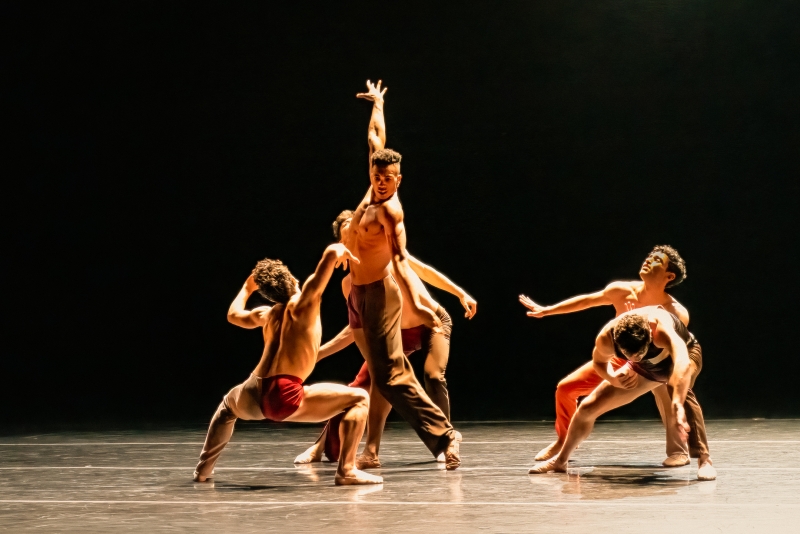
Photography by Shin Kurokawa for InJoy Entertainment.
Christine Darch's costumes are graciously revealing. Not only do the dancers have physiques that marble gods would envy, but they perform with every sinew; you don't want that obscured by cloth. The sculptural aspect is further enhanced by Michael Korrsch's lighting. From a dark, smoky stage, he paints the dancers' bodies with highlights of warm or cool tones creating a glided appearance. The sensory experience is completed by Corey Folta's sound design that envelops the audience in moody music.
Complexions is a company of dancers, moving as one organism made of different parts, all of whom are essential and get their special moment in the spotlight. But I would be amiss not to mention a few standouts, especially those new to the professional company.
Of the women, the superstar is the tall redhead Jillian Davis. Even in rehearsal during downtime, she was poised like a tiger ready to pounce. Larissa Gerszke's strong technique and soulfulness bring a quality of warmth to every movement she makes. Newcomers Aidan Wolf, Emma Branson, and April Watson are ones to watch.
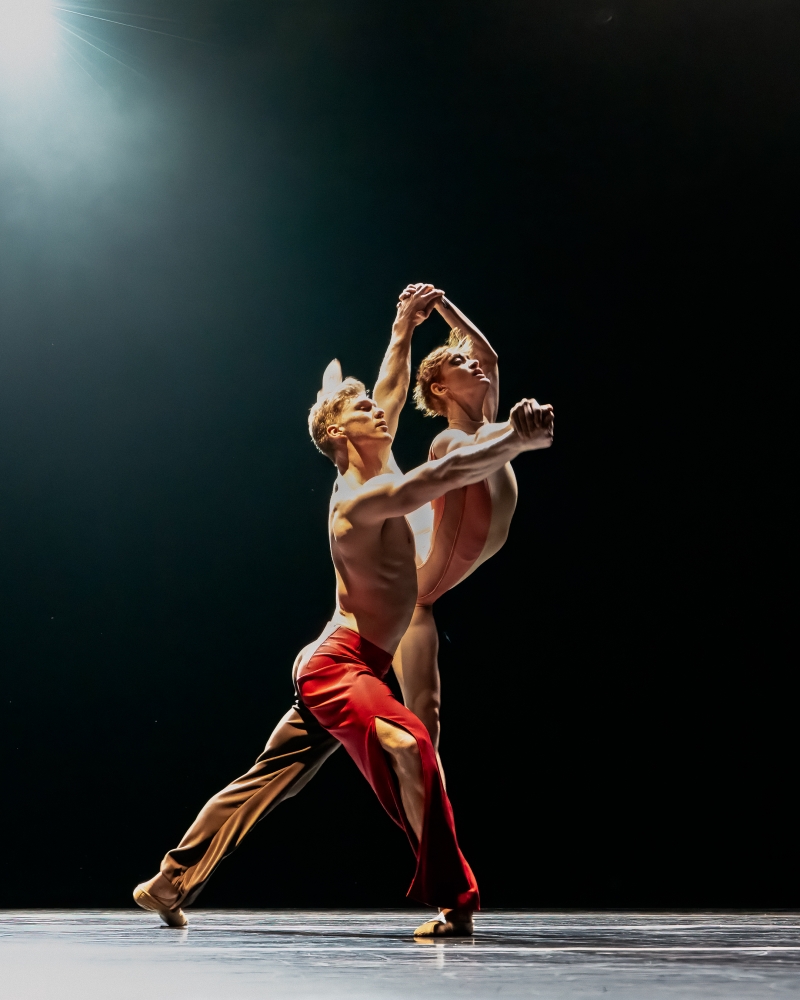
For the men, Complexions' veteran dancers Tim Stickney, Simon Plant, and Brandon Gray best embody the powerful athleticism and bravado the company is famous for. While only in their second and third seasons, respectively, Vincenzo Di Primo and Thomas Dilley demonstrated remarkable solo and partnering skills. But the prize for partnering goes to Jarret Reimers. His towering height allows him to partner with Jillian Davis beautifully, and he has excellent chemistry with the more petite dancers as well. First-season dancer Zion Pradier shows real potential.
Watching Complexions after a hiatus during the pandemic pause, I wondered why this particular company means so much to me and why they were the dance company I longed to see the most upon return. While watching SNATCHED BACK, it hit me; Complexions is the ultimate American Contemporary Dance company. The choreography, choices, dancers, and collaborators are diverse, raw, vulnerable, honest, emotional, proud, a bit haughty and full of attitude. The music and movement speak the truth of humanity and the concerns of today. In those regards, Complexions is unparalleled and unabashedly all-American.
Having seen multiple world premieres and repertoire favorites, I have concluded that though they can dance to classical music like Bach or Beethoven well, when the music is contemporary, speaking directly to the issues of the present, the choreography and company come alive in a different way. It's like their souls are on fire, and they have to express the feeling through every muscle in their bodies until the energy shoots out their fingertips and toes like lightning.
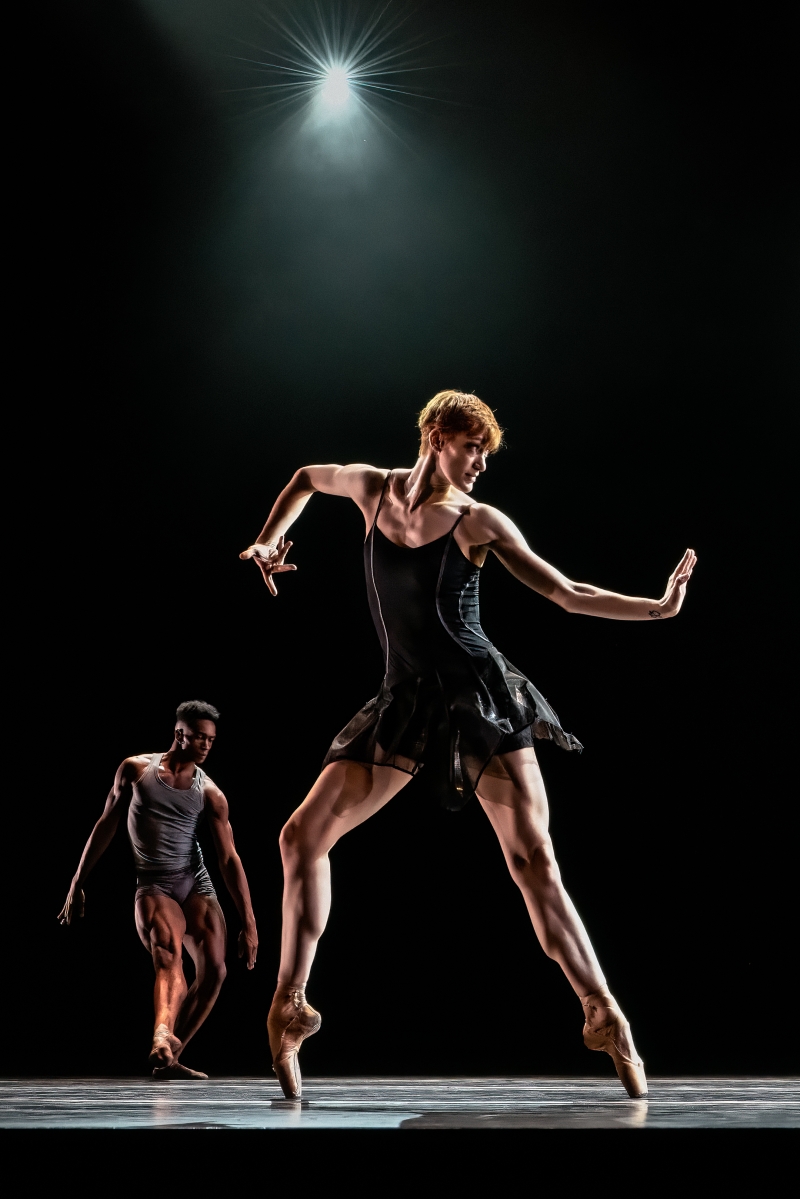
I'd last seen Complexions at the Joyce in early February 2020 for the premiere of LOVE ROCKS, before the world turned upside down. The company's extraordinary athletic prowess and steamy sex appeal heated up the cold winter night and ignited a sense of excitement and possibility for the year in its earliest days. Now, seeing the company back where they belonged felt like a homecoming and a restoration of faith in humanity and possibilities renewed. To watch them in action is to witness the impossible made manifest and experience emotions so deep they can't be spoken, only danced.
Needless to say, after their stellar 2019 and 2020 seasons, I had high hopes for their comeback. Complexions exceeded all expectations!
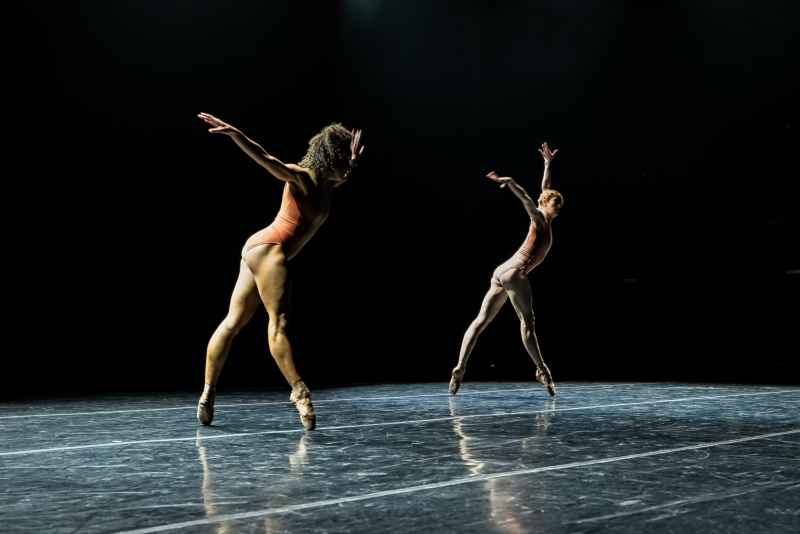
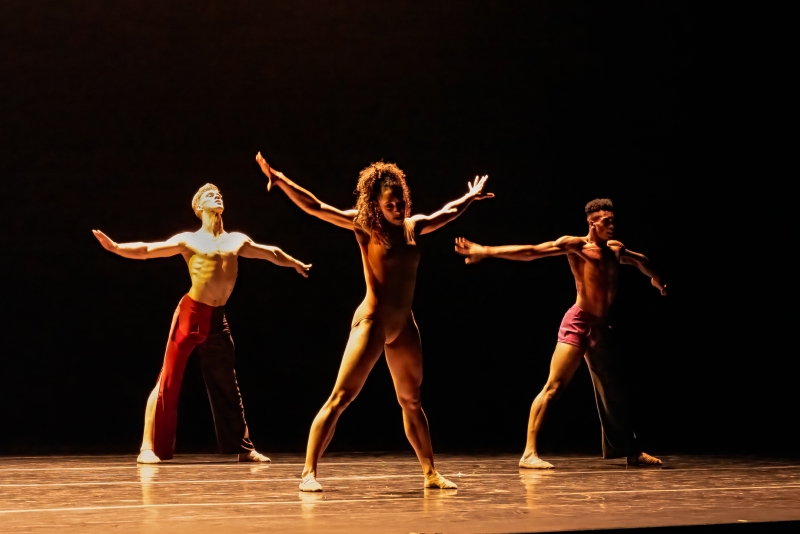
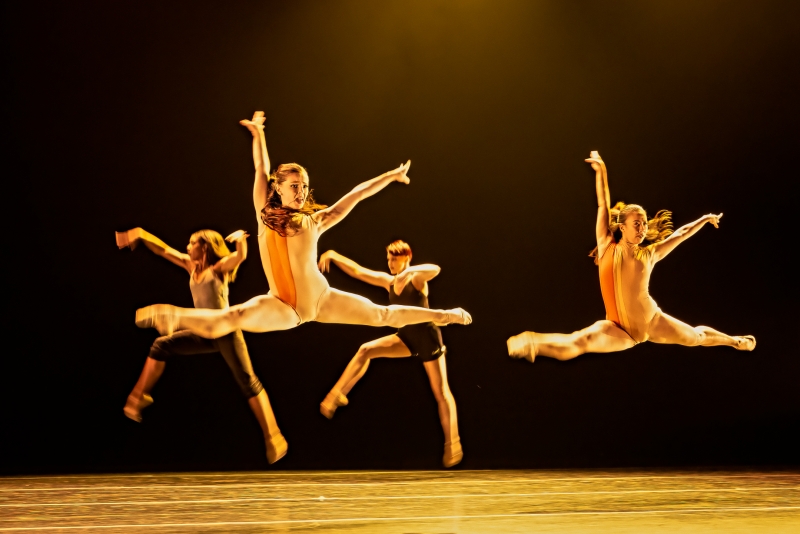
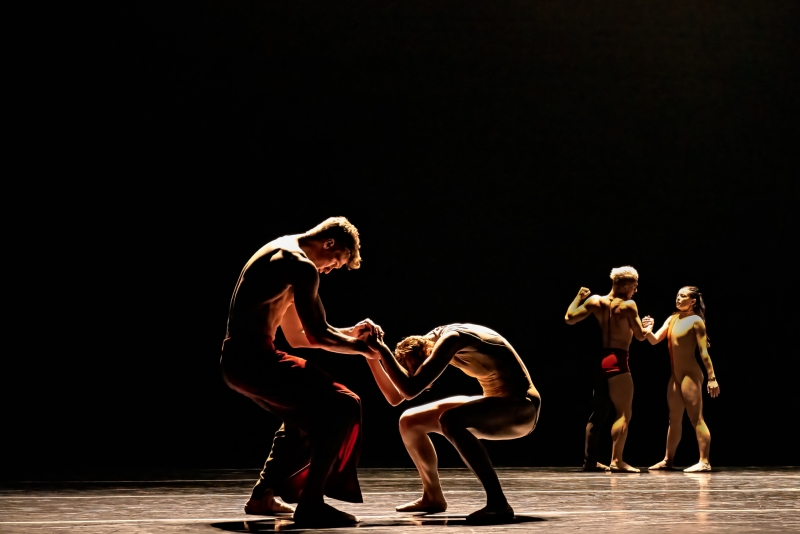
Reader Reviews
Videos

